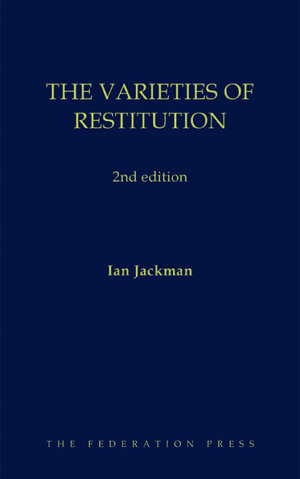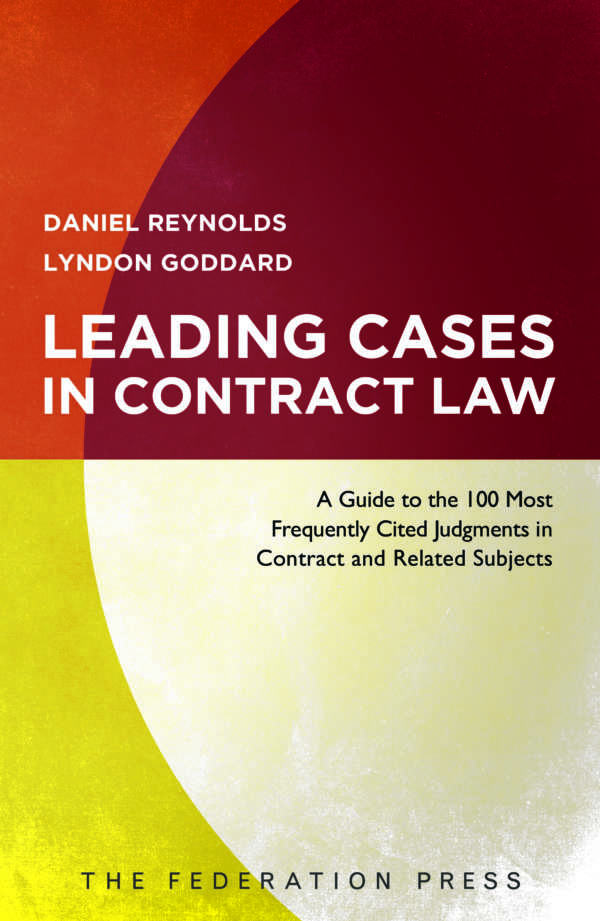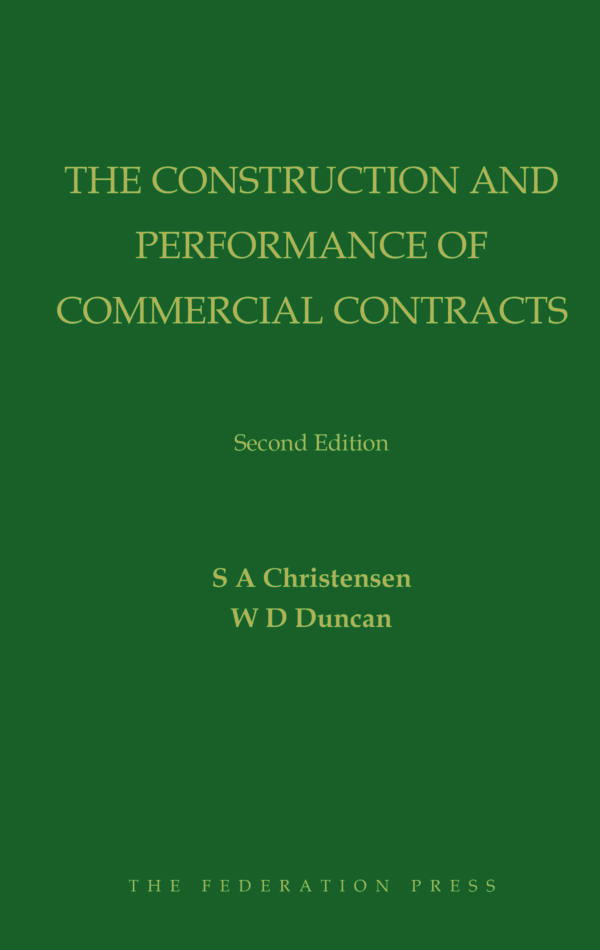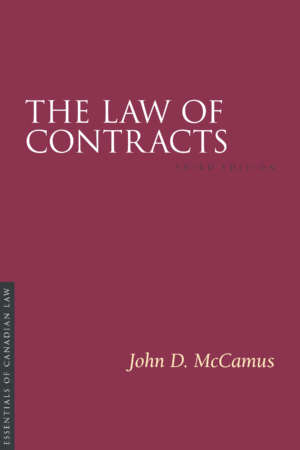Product Description
It is a longstanding and common drafting technique in Australia and England for contracts to contain an agreed remedy which one party (A) can claim against the other (B) if B fails to fulfil her side of the bargain. This book aims to provide a comprehensive answer to a vital question that affects consumer, commercial and government contracting: when will a court refuse to enforce A’s right to an agreed remedy because it impermissibly punishes B? In doing so, this book provides readers with:
a detailed and accessible guide as to how the penalties doctrine operates in practice, taking account of the growing body of case law following the landmark decisions in Andrews v Australia and New Zealand Banking Group Ltd; Paciocco v Australia and New Zealand Banking Group Ltd; Cavendish Square Holding BV v Makdessi; and ParkingEye Ltd v Beavis;
a historical overview of the key developments in the law of penalties from the 14th century to the present day which links historical analysis with modern debates concerning the scope of the penalties doctrine;
a clear overview of the potential underlying reasons for the law of penalties in both England and Australia which accounts for the key divergences between the jurisdictions;
a comprehensive comparative analysis between the English and Australian penalties doctrines, showing sharp divergences between the approaches adopted in these two jurisdictions notwithstanding that the jurisdictions share a common historical starting point; and
a quick reference guide to assist legal practitioners in identifying potentially contentious issues that may arise from the application of the penalties doctrine.
From the Foreword by the Hon Justice James Edelman, High Court of Australia”The detailed doctrinal and philosophical analysis in Contractual Penalties in Australia and the United Kingdom makes it a book for scholars who want to understand the historical, conceptual, and moral foundations of the prohibition against contractual penalties. But its clear and concise style and its chapters and sections concerning the practical application of a doctrine based upon slippery foundations also make it essential reading for all commercial lawyers in Australia and England.”
Foreword by the Hon Justice James Edelman, High Court of Australia
Acknowledgments
Table of Cases
Table of Statutes
1. Introduction
I Central Arguments and Aims of this Book
II Methodology and Scope
2. History
From the 14th Century to the Foundations of the Modern Law
I The Hard Law of the Conditional Bond
II Early Common Law Authorities
III First Stage of Development c.1480: The Prevention of Double Recovery on a Simple Bond
IV Second Stage of Development c.1601: The Equitable Restraint of Common Law Rights in Cases of Accident, Mistake, Hardship, Trifling Default and Fraud
V Third Stage of Development c.1660: Security or Collateral Rights and the Foundations of the Modern Law
VI Fourth Stage of Development c.1800: The Parties’ Purported Intentions
VII Fifth Stage of Development: The Decline of the Intention- Based Approach in the Early 20th Century and the Decision in Dunlop Pneumatic Tyre Co
VIII Summary
3. Two Approaches
The Australian Security Rights Approach and the English Secondary Rights Approach
I Removing the Breach of Contract Requirement and the Decision in Andrews
II The Australian Security Rights Approach: Legal History
III The Australian Security Rights Approach: Policy and Morality
IV Three Objections to the Australian Penalties Doctrine
V The English Secondary Rights Approach: Preserving a Legally Imposed Regime Remedying Breach of Contract
VI Summary
4. Other Justifications for the Penalties Doctrine
Asssessing the Rest of the Arguments
I The Penalties Doctrine Does Not Preserve Economically Efficient Outcomes
II The Penalties Doctrine Does Not Simply Prevent Deterrence
III The Penalties Doctrine Is Not About Preventing The Creation of Perverse Contractual Incentives
IV The Penalties Doctrine Is Not About Preserving B’s Liberty of Action
V The Penalties Doctrine Is Not About Alleviating Deficiencies In Contractual Risk Calculations and Bargaining Positions
VI The Penalties Doctrine Is Not About Preserving Substantive Contractual Fairness
5. Engagement
First Stage of Analysis: Does the Impugned Clause Attract the Operation of the Penalties Doctrine?
I Threshold Test Under Australian Law: Is the Impugned Agreed Remedy A Security Right?
II Threshold Test Under English Law: Is the Impugned Agreed Remedy A Secondary Right?
6. Punishment
Second Stage of Analysis: Determining Whether an Impugned Clause is Punitive
I Recent Developments
II Seven Principles
III Justifying the Legitimate Interest Standard
7. Remedies
Third Stage of Analysis: Remedial Consequences When a Clause is a Penalty
I Restatement of the Australian Position: Remedial Consequences of a Finding that a Clause is Penal
II Restatement of the English Position: Remedial Consequences of a Finding that a Clause is Penal
III Agreed Remedies, Penalties and Potential Limits on Recovery
8. Interplay Between Legal Rules
I Does the Australian Penalties Doctrine Consist of Two Distinct Rules or a Unified Rule?
II Relief Against Penalties in the Context of Deposit Clauses
III The Relationship Between Forfeiture and Penalties
9. Conclusions
10. A Codified Guide to the Penalties Doctrine
A Restatement of the Australian Penalties Doctrine
A Restatement of the English Penalties Doctrine
Index








